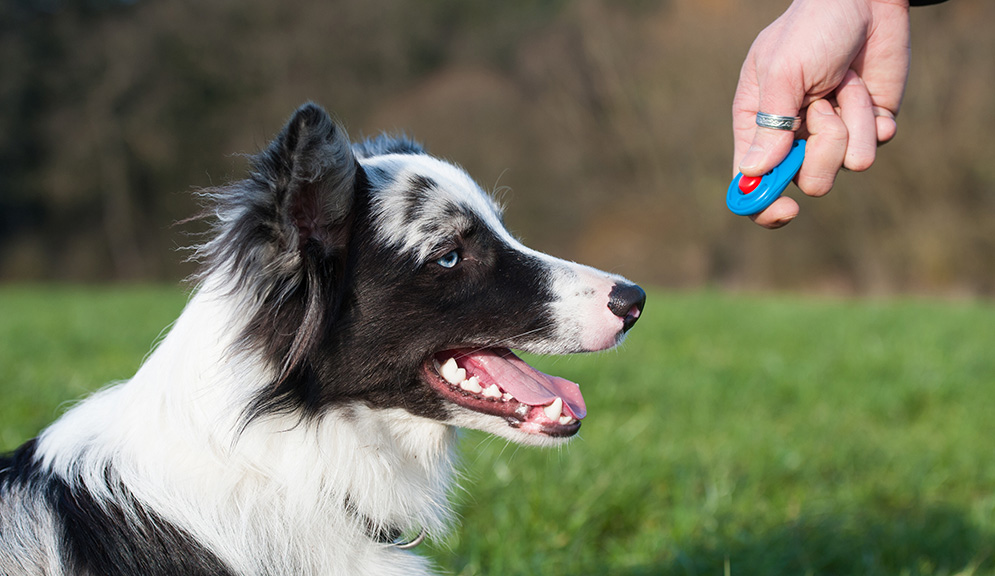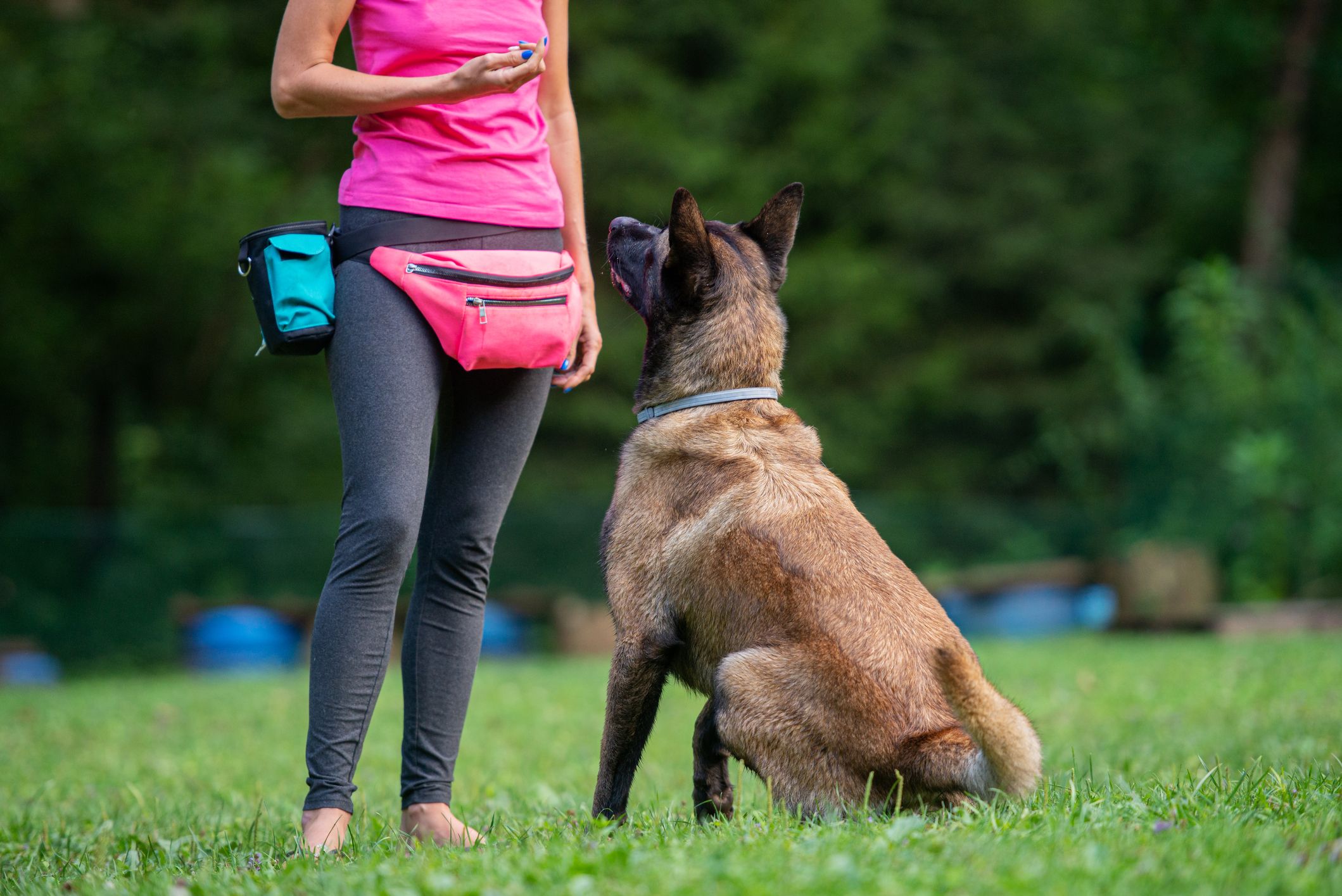Overcoming Challenges in Dog Training: Expert Advice for All Pet Owners
Overcoming Challenges in Dog Training: Expert Advice for All Pet Owners
Blog Article
Leading Pet Training Techniques Every Proprietor Need To Know

Favorable Support Methods
Utilizing favorable support methods is essential for efficient pet training, as it promotes a trusting bond in between the dog and the instructor. This method concentrates on gratifying preferable actions rather than punishing unfavorable ones, creating an atmosphere conducive to discovering. Benefits can consist of deals with, praise, or playtime, which motivate pets to repeat the habits that earn them these incentives.

Additionally, this approach boosts the canine's interest for training sessions. When pet dogs associate training with favorable experiences, they are much more engaged and receptive. Past instant behavior alteration, favorable reinforcement encourages a collective connection in between the canine and fitness instructor, lowering anxiousness and concern
To make the most of effectiveness, it is crucial to supply incentives quickly, guaranteeing the pet dog links the habits with the support. Fundamentally, favorable reinforcement methods not just yield better-trained pet dogs however likewise advertise a harmonious partnership between dog and proprietor.
Remote Control Training Method
The clicker training approach is a very effective method that builds on the principles of positive reinforcement by including an unique sound to mark preferred actions. This approach makes use of a little portable tool that creates a clicking noise, permitting fitness instructors to interact with their pets in a clear and instant manner. When a pet dog performs a behavior that the proprietor desires to encourage, the remote control is triggered, adhered to by a reward, usually in the kind of treats or appreciation.
The key to successful remote control training exists in consistency and timing. It is important to click at the specific minute the preferred habits occurs, making sure that the dog links the audio with the action and the succeeding benefit. This approach not only boosts interaction but additionally cultivates a stronger bond in between the pet and the owner, as it motivates engagement and communication during training sessions.
Remote control training can be put on a range of actions and commands, from fundamental obedience to much more complicated techniques. Its versatility and efficiency make it a favored technique among specialist fitness instructors and family pet proprietors alike, paving the method for a receptive and well-trained canine companion.
Chain Training Fundamentals
Effective leash training is essential for ensuring a safe and pleasurable strolling experience for both pets and their owners. Dog training. Chain training must begin early and be approached with patience and uniformity. Start by selecting an appropriate leash and collar or harness. A flat collar might help some pets, while others might benefit from a harness that minimizes drawing.
Introduce your pet dog to the leash progressively, allowing them to discover it in a comfortable atmosphere. This includes gratifying your pet for strolling next to you instead than drawing ahead.
If your dog begins to pull, stop strolling quickly. Wait up until they go back to your side prior to resuming. This educates them that pulling does not bring about proceed. Furthermore, technique numerous strolling settings to assist your canine adjust to disturbances.
Regular practice will certainly strengthen your dog's understanding of leash decorum. Remember that leash training is a continuous process; persistence and uniformity will produce the best outcomes, fostering a positive experience for both you and your canine companion.
Socialization Approaches
Socializing is a crucial aspect of pet dog training that need to ideally begin throughout puppyhood but can be helpful at any type of age. Efficient socializing assists canines establish self-confidence and lowers the likelihood of behavioral issues. To apply effective socializing methods, reveal your dog to a variety of settings, people, and various other animals.
Beginning with regulated settings, such as pup courses or organized playgroups, where young pets can communicate securely. Progressively introduce your pet dog to brand-new experiences, consisting of various sounds, surface areas, and tasks. Ensure these experiences are satisfying and positive to establish a feeling of safety and security.
For Continued adult canines or those doing not have direct exposure, start with low-stress situations. Short, favorable interactions with friendly human beings and calm pets can create favorable organizations. Utilize deals with and praise to reinforce desirable habits during these experiences.

Consistency and Persistence
Acknowledging the significance of uniformity and perseverance in canine training is necessary for attaining enduring results. Irregular training can lead to complication, making it tough for the dog to realize behaviors or commands, inevitably hindering progress.
In addition, patience is a vital component of reliable training. Pet dogs, like people, discover at their own rate. Some might realize concepts rapidly, while others might take longer. It is vital for owners to stay encouraging and tranquil, strengthening favorable behavior without resorting to frustration or penalty. This promotes a relying on partnership in between the canine and proprietor, encouraging a much more enthusiastic and willing student.
To cultivate uniformity and perseverance, establish a normal training regular, make use of the same commands, and ensure that all household participants use the very same training concepts - Dog training. By doing so, you produce a stable environment for learning, allowing your pet to thrive and establish right into a well-behaved companion
Verdict
To conclude, efficient dog training strategies, such as positive reinforcement, remote control training, and proper leash training, are important for promoting a healthy and balanced owner-dog connection. Additionally, implementing socializing approaches and maintaining consistency and perseverance throughout the training process contributes significantly to a pet's overall well-being. By incorporating these techniques, dog owners can assist in the development of well-adjusted, obedient animals, ultimately boosting the quality of life for both the owner and the pet dog.
Amongst the most popular techniques are positive support, clicker training, and chain training, each offering unique advantages that contribute to a mannerly dog. As we check out these fundamental strategies, it comes to be obvious that grasping their nuances can substantially affect the training experience and the canine's overall habits.Making use of favorable support strategies is necessary for effective pet dog training, as it promotes a relying on bond between more the trainer and the pet dog.In my latest blog post final thought, effective pet dog training strategies, such as positive support, remote control training, and appropriate chain training, are vital for fostering a healthy owner-dog partnership. By integrating these methods, canine owners can assist in the development of well-adjusted, loyal pets, ultimately improving the quality of life for both the canine and the owner.
Report this page